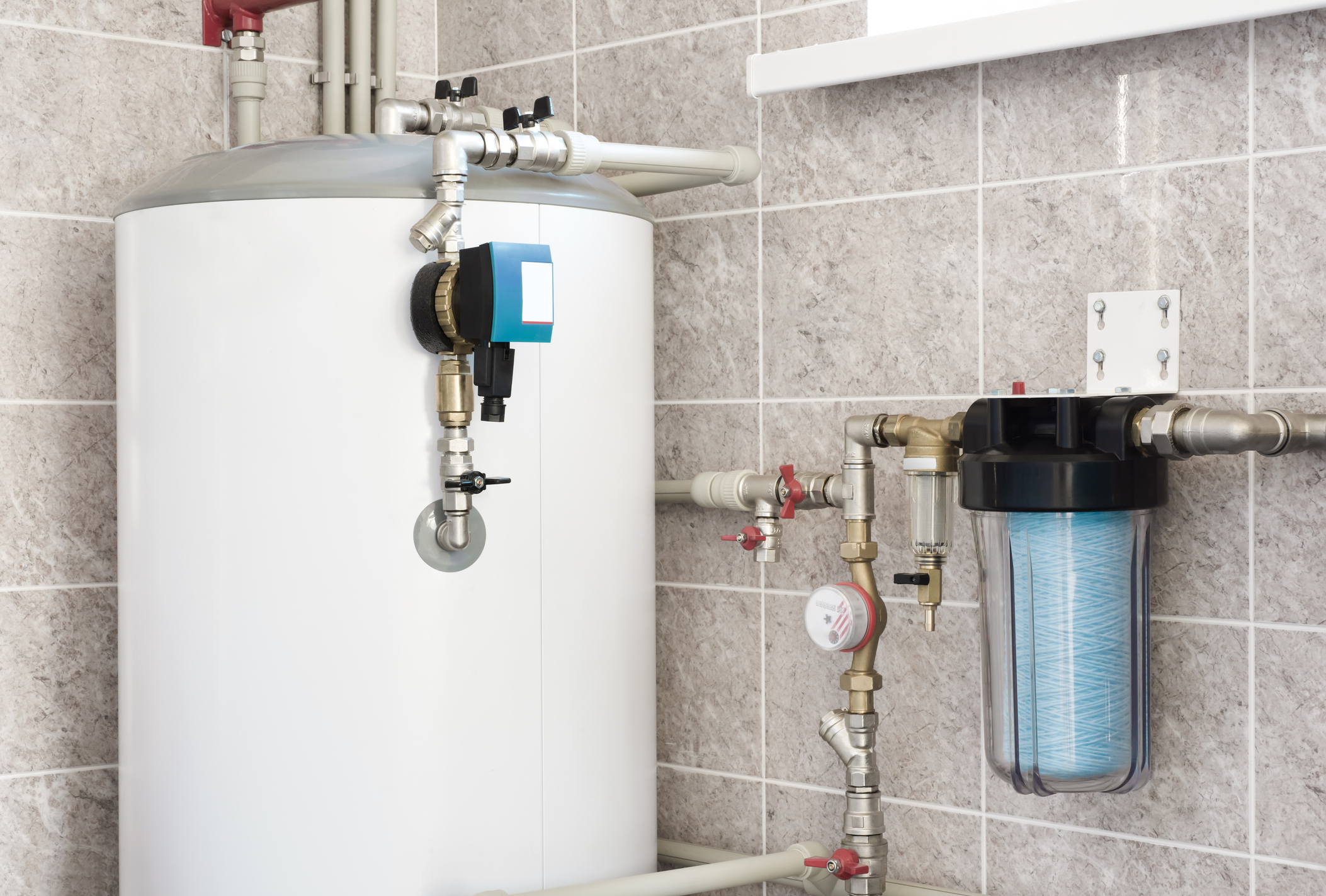What are your ideas regarding How to Maintain Your Water Heater & Prolong its Life?

Hot water is necessary for daily convenience, whether it's for a revitalizing shower or washing dishes. To guarantee your hot water system runs effectively and lasts longer, normal maintenance is crucial. This write-up provides sensible pointers and insights on exactly how to keep your home's warm water system to stay clear of disruptions and expensive fixings.
Intro
Maintaining your home's hot water system may appear daunting, but with a few basic actions, you can guarantee it runs efficiently for years ahead. This guide covers everything from recognizing your warm water system to DIY upkeep tips and knowing when to hire expert aid.
Relevance of Maintaining Your Warm Water System
Normal upkeep not just prolongs the life expectancy of your hot water system but additionally guarantees it runs effectively. Disregarding upkeep can cause reduced effectiveness, higher energy bills, and also early failing of the system.
Signs Your Hot Water System Needs Upkeep
Recognizing when your warm water system requires focus can avoid major issues. Look out for signs such as inconsistent water temperature, strange sounds from the heating unit, or rusty water.
Recognizing Your Warm Water System
Before diving into upkeep tasks, it's helpful to recognize the fundamental components of your warm water system. Typically, this consists of the hot water heater itself, pipes, anode rods, and temperature level controls.
Month-to-month Upkeep Tasks
Normal regular monthly checks can help capture minor issues prior to they intensify.
Flushing the Water Heater
Flushing your water heater removes debris buildup, enhancing effectiveness and extending its life.
Checking and Changing Anode Rods
Anode poles stop corrosion inside the container. Examining and replacing them when worn out is vital.
Examining and Changing Temperature Setups
Adjusting the temperature level settings ensures optimal efficiency and safety.
DIY Tips for Maintenance
You can execute numerous upkeep jobs on your own to maintain your hot water system in leading condition.
Looking for Leaks
Frequently examine pipelines and connections for leakages, as these can result in water damage and greater bills.
Checking Stress Relief Valves
Checking the pressure safety valve ensures it functions correctly and stops too much stress build-up.
Insulating Pipes
Protecting hot water pipelines minimizes warmth loss and can save power.
When to Call a Professional
While DIY maintenance is advantageous, some problems call for specialist competence.
Facility Concerns Calling For Specialist Aid
Examples consist of significant leaks, electrical troubles, or if your water heater is regularly underperforming.
Routine Expert Upkeep Perks
Expert upkeep can include extensive examinations, tune-ups, and making certain compliance with safety standards.
Final thought
Routine upkeep of your home's hot water system is vital for effectiveness, long life, and cost savings. By adhering to these pointers and knowing when to seek expert assistance, you can make certain a trusted supply of hot water without unexpected interruptions.
How to Maintain an Instant Hot Water Heater
Before tinkering with your hot water heater, make sure that it’s not powered on. You also have to turn off the main circuit breaker and shut off the main gas line to prevent accidents. Also turn off the water valves connected to your unit to prevent water from flowing into and out of the appliance. 2. When you’re done, you have to detach the purge valves’ caps. These look like the letter “T” and are situated on either side of the water valves. Doing so will release any pressure that has accumulated inside the valves while at the same time avoid hot water from shooting out and burning your skin. 3. When the purge valves’ caps are removed, you have to connect your hosing lines to the valves. Your unit should have come with three hoses but if it didn’t, you can purchase these things from any hardware or home repair shops. You can also get them from retail stores that sell water heating systems. Read the user’s manual and follow it to complete this task properly. When the hosing lines are connected, open the purge port’s valves. 4. You should never use harsh chemical cleaners or solutions when cleaning your unit. Make use of white vinegar instead. It should be undiluted and you’ll probably use about 2 gallons. 5. Now flush your water heater. This task should probably take about 40 minutes. We can’t give you specific directions for this because the procedure is carried out depending on the type, model and brand of your heater. With that being said, refer to the user’s manual. 6. When you’re done draining the unit, you have to turn off the purge port valves again. Remove the hosing lines that you earlier installed on each of the water valves. Put the valve caps (purge port) back in their respective places and be very careful so as not to damage the rubber discs that are found inside these caps. 7. Now that everything’s back in place, check your user’s manual again to find out how to reactivate your water heating system. 8. Once it is working, turn one of your hot water faucets on just to let air pass through the heater’s water supply pipes. Leave the tap on until water flows smoothly out of it. https://www.orrplumbing.com/blog/2014/september/how-to-maintain-an-instant-hot-water-heater/

Hopefully you enjoyed reading our part about How to Maintain a Hot Water Heater in a Few Simple Steps. Thanks a ton for spending some time to browse our content. So long as you enjoyed reading our page please do not forget to pass it around. I am grateful for being here. Kindly pay a visit to our site back soon.
Call